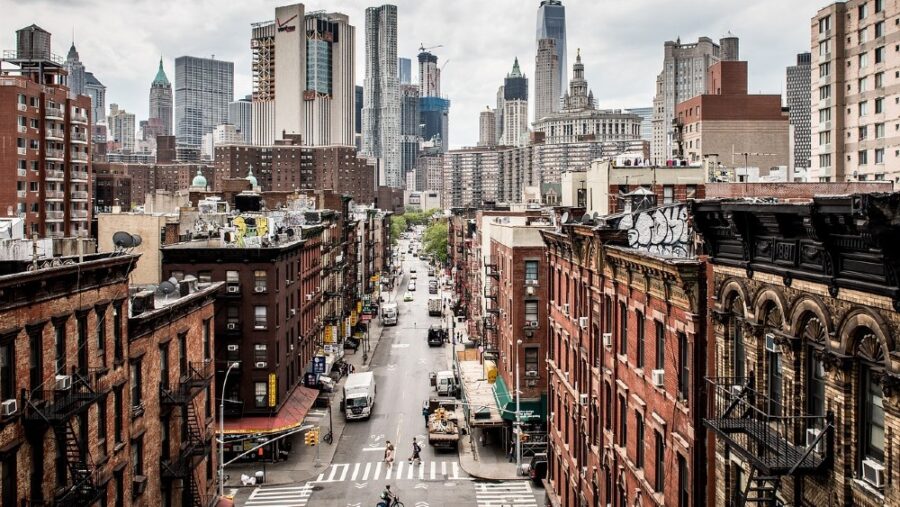Thousands Of Cities Becoming Ghost Towns In The Future

In less than 100 years from now, thousands of cities across the U.S. could essentially become ghost towns. A recent study from the University of Illinois Chicago found that by the year 2100, almost half of the cities in the country might see up to a 23 percent decrease in population. If city planning continues to focus on growth and doesn’t take the decline into account, this could lead to difficult challenges beyond a smaller population, like disruptions in basic services, including electricity and clean water.
The study indicates that approximately 15,000 cities across the country could face significant depopulation. Because urban planning is generally focused on adjusting for the growth of a city’s population, this sudden decline could lead to thousands of cities across the country becoming ghost towns, like something out of the Old West. The findings, based on an extensive analysis of data from the U.S. Census and the American Community Survey, signal a need for a cultural shift in the way cities are planned and engineered.
Vermont and West Virginia were identified as the states most likely to see the first new futuristic ghost towns.
The study was initially commissioned by the Illinois Department of Transportation to analyze changes in cities within the state. However, the researchers soon realized the broader implications of their findings for cities across the entire nation. After opening the scope of the project to analyze cities throughout the country, the team realized just how many ghost towns are pending across the U.S.

The analysis covers data collected from 2000 to 2020, allowing the researchers to identify current population trends in over 24,000 cities and model projections for nearly 32,000. The projections are based on five possible future climate scenarios known as the Shared Socioeconomic Pathways, reflecting potential changes in demographics, society, and economics by 2100.
Potential causes for these soon-to-be ghost towns could include the rising cost of homes, the decline of industries based in these cities, lower birth rates, varying state taxes, and the impacts of climate change.
The study predicts depopulation to the point of ghost town status in approximately half of the U.S. cities studied, including notable locations such as Cleveland, Ohio, Buffalo, New York, and Pittsburgh.
Some cities, like Louisville, New Haven, and Syracuse, are currently stable but are expected to experience declines in the future. Regionally, the Northeast and Midwest are projected to be the most heavily affected, with Vermont and West Virginia identified as the states most likely to see the first new futuristic ghost towns.
By the year 2100, almost half of the cities in the country might see up to a 23 percent decrease in population.
While the study found that populations in these cities were decreasing between 12 and 23 percent, it didn’t dive into the reason why this decline is happening. Potential causes for these soon-to-be ghost towns could include the rising cost of homes, the decline of industries based in these cities, lower birth rates, varying state taxes, and the impacts of climate change.
The research serves as a wake-up call for policymakers to reconsider growth-based planning and instead focus on finding tailored solutions for cities anticipating depopulation. Senior author Sybil Derrible, an urban engineer at the University of Illinois Chicago, encourages viewing this ghost town warning as an opportunity to be more creative in rethinking the future of urban spaces. “We should see this not as a problem but as an opportunity to rethink the way we do things.”
Source: Nature Cities












